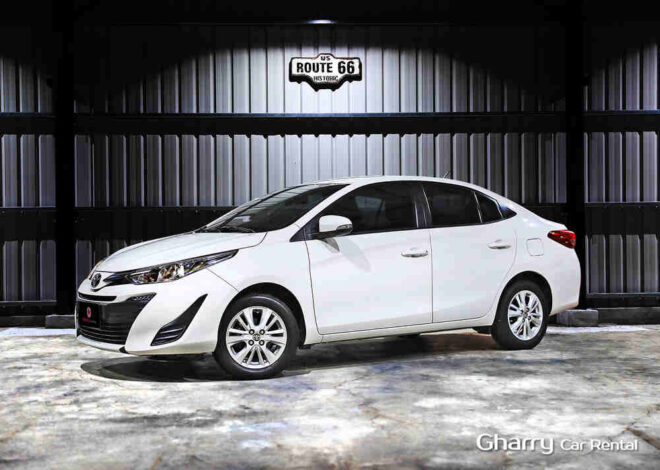South America From A to Z-A Map Guide
Introduction
South America is rich in history, culture, and natural beauty, boasting a diverse range of landscapes, from the lush Amazon Rainforest to the towering Andes Mountains. Understanding the geography of this vast continent can be challenging, but maps provide a visual representation that can help us grasp the relationships between different places. In this article, we will explore the history and development of maps of South America, delve into the variety of modern maps available today, and discuss how maps can be used to plan trips and explore the continent.
History of Mapping South America
The journey of mapping South America spans hundreds of years and reflects the contributions of indigenous people, explorers, and cartographers. Indigenous communities were the first to create maps of the continent, using their intimate knowledge of the land to depict its features. These maps were often simple but accurate representations of the terrain, rivers, and other geographical features.
When European explorers arrived in South America, they brought their map-making traditions and techniques. These maps were often based on limited information and could be inaccurate, but they laid the groundwork for future cartographers to build upon. Over time, maps of South America became more detailed and precise, incorporating the contributions of explorers, scientists, and local communities. Notable historical maps of South America include those created by Gerardus Mercator and Joan Blaeu, whose work helped to shape our understanding of the continent.
Modern Maps of South America
Today, there are many types of maps available that depict South America in various ways. Political maps show the boundaries of countries and major cities, while physical maps illustrate the landscape, including mountains, rivers, and forests. Thematic maps focus on specific topics, such as climate, population, or economic activity, providing valuable insights into the continent’s characteristics.
Advances in technology have revolutionized map-making, improving the accuracy of maps and making it possible to create interactive maps that allow users to explore specific regions in detail. Popular map resources and tools for exploring South America include Google Maps, OpenStreetMap, and National Geographic’s interactive map. These tools are invaluable for anyone learning more about South America and its many wonders.
Using Maps to Explore South America
Maps are not only helpful in understanding geography; they can also be used to plan trips and explore the continent. When planning a trip to South America, a map can help you to identify interesting places to visit, plan your route, and find accommodations. Maps can also enhance your travel experience by providing a visual representation of your journey and helping you to navigate unfamiliar terrain.
In addition to their practical uses for travelers, maps are essential educational tools. They can be used to teach geography, history, and culture, helping students to develop a deeper understanding of South America and its diverse peoples. Maps can also foster a sense of curiosity and adventure, encouraging people to explore the world around them.
Conclusion
Maps are an essential tool for understanding and exploring South America. They provide a visual representation of the geography, helping us to grasp the relationships between different places and learn about the continent’s diverse landscapes, cultures, and history. From historical maps that reflect the contributions of indigenous people, explorers, and cartographers to modern maps that offer a range of information for all types of users, maps are invaluable resources for anyone looking to learn more about South America. So grab a map and plan your next adventure in this fascinating continent!
Also, Read Motorsports: 5 Reasons Why Idaho is a Must-Go Destination.
